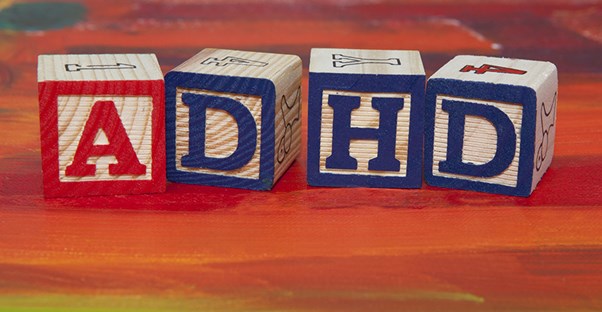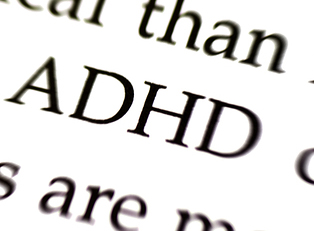Attention-deficit hyperactivity disorder (or ADHD) is a very common chronic condition that usually begins in childhood and continues into adulthood. ADHD is known to cause problems at school or work due to an inability to stay focused, but it can also affect self esteem and personal relationships. If you think you or someone you may know is showing signs of ADHD, here is a look at the steps that are followed in order to confirm a diagnosis.
DSM-5 Criteria for ADHD
Because there is not one single test that can diagnose a child or adult with ADHD, signs and symptoms are first identified and evaluated. Healthcare physicians in the United States use the guidelines in the American Psychiatric Association’s Diagnostic and Statistical Manual, Fifth edition (DSM-5) when diagnosing ADHD. The standard is used because it helps appropriately diagnose and treat ADHD.
According to the DSM-5, symptoms of inattention and/or hyperactivity-impulsivity must be present for more than six months and occur regularly in at least two different settings, such as at home and school.
Symptoms that are seen in those with ADHD include:
- Inability to sit still
- Listening problems
- Becoming easily distracted
- Problems completing tasks
- Making careless mistakes
- Inability to follow instructions
- Organization problems
- Forgetfulness
- Excessive Talking
- Tendency to interrupt others
- Impatience
Additionally, there are three subtypes of ADHD. Diagnosing the subtype depends on what the symptoms are and how many are present. The types include: primarily inattentive, primarily hyperactive, or combined subtype.
A physician will collect information from multiple sources to help make a diagnosis. For example, if the patient is a child, then schools, caregivers, and parents will supply commentary on the child’s behavior. The information will be compared to other children’s behavior who are the same age.
Physical Exam
Hearing and vision tests are also part of the diagnostic process. Neuropsychiatric ECG-Based Assessment Aid (NEBA) System, which is a non-invasive scan that evaluates theta and beta brain waves, is used as well. The NEBA is used because theta/beta ratio is understood to be higher in children with ADHD. The scan was approved by the FDA to be used for those aged 6 to 17 and is seen as a part of a complete medical and psychological exam.
Medical History
A medical history is also completed in order to look for other conditions that may be the cause of behavioral problems. The conditions or causes that can result in ADHD-like behaviors or symptoms include:
- Abnormal thyroid problems
- Irregular sleep patterns
- Anxiety
- Depression
- Major life changes that occurred recently (death or a divorce)
- Lead toxicity




